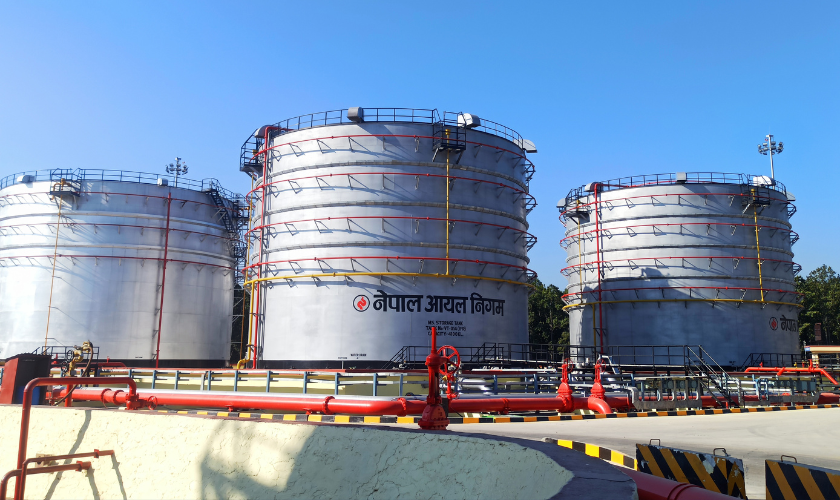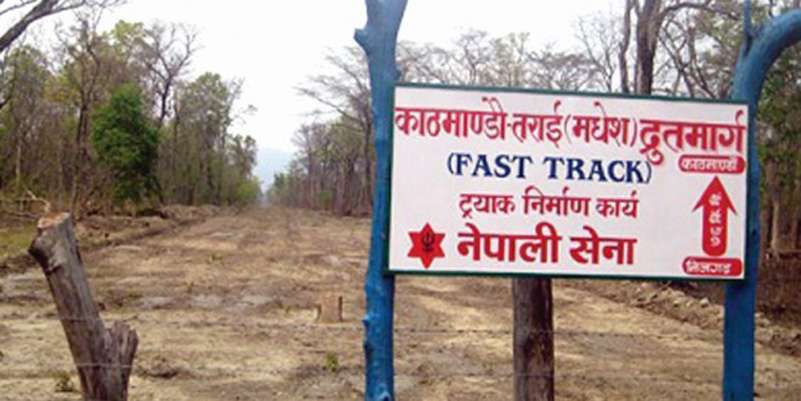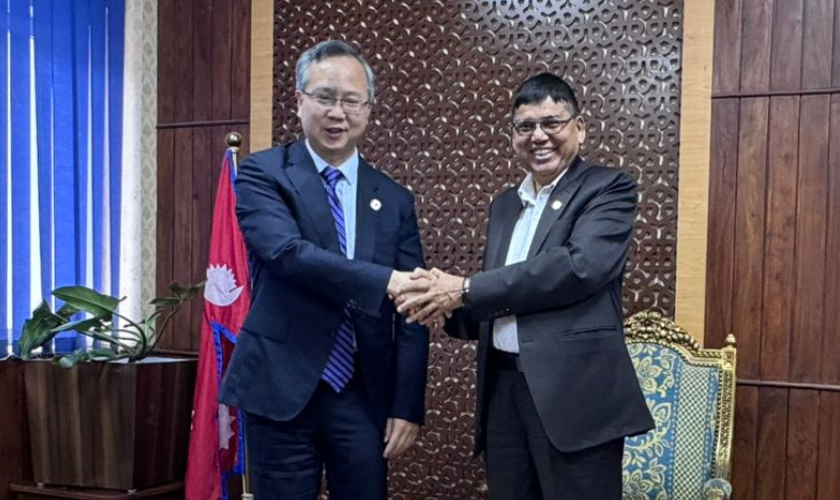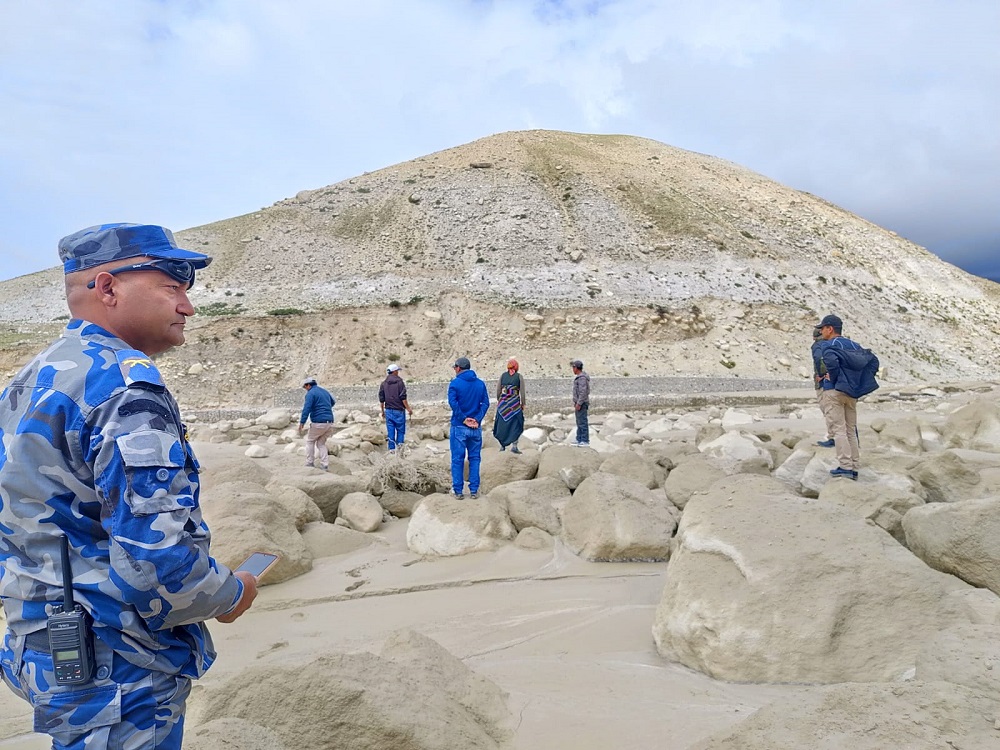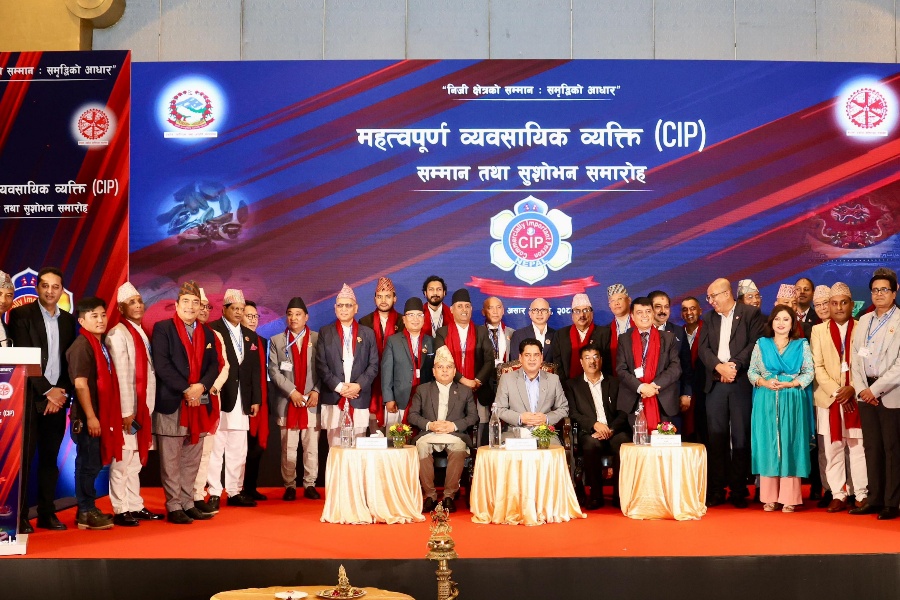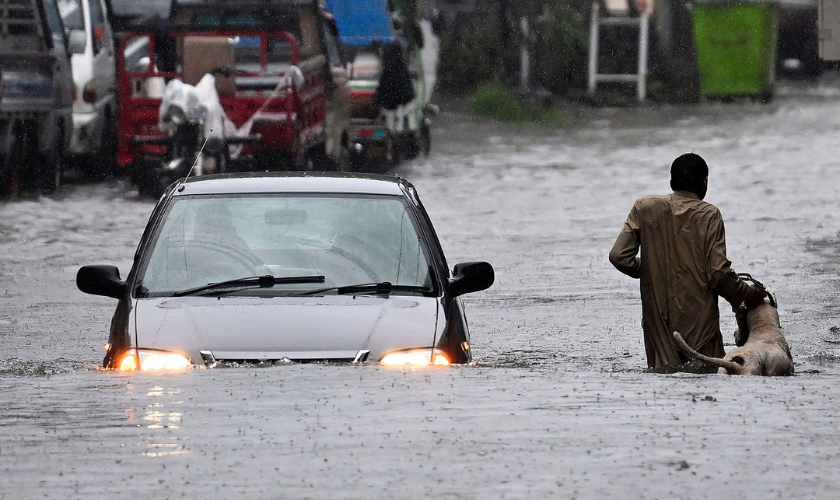The Nepal Oil Corporation (NOC), which has been importing diesel through the 69.2-km Motihari-Amlekhgunj petroleum pipeline, plans to begin using the same pipeline to import petrol and kerosene as well starting the second week of January 2025.
The cross-border petroleum pipeline, South Asia’s first of its kind, was jointly inaugurated on September 10, 2019, by then-Prime Minister KP Sharma Oli and his Indian counterpart Narendra Modi.
According to Prayalankar Acharya, head of NOC's Madhes Province Office, the testing phase for transporting petrol and kerosene through the pipeline has been successfully completed. “Petrol and kerosene have been transported to Amlekhgunj as part of the test. New pipelines and storage tanks have been constructed at the depot. Currently, we are charging the systems and testing meter accuracy,” Acharya told the state-owned news agency, RSS.
In early October, around 5,500 kilolitres of petrol were transported to Amlekhgunj via the pipeline, followed by approximately 1,000 kilolitres of kerosene earlier this month. “We are closely monitoring for potential leaks,” Acharya added, highlighting that the second phase of the pipeline project is scheduled to launch in January.
Acharya also emphasized the safety and efficiency of pipeline transport compared to tanker trucks, adding that the pipeline’s full operation would address issues like fuel theft and adulteration.
The pipeline, with a capacity to transport 6,000 kilolitres of petroleum products daily, has yet to reach full utilization due to limited demand. Of the total length, 36.2 km lies within Nepal’s territory.
The Madhes Provincial Depot in Amlekhgunj serves as a major distribution hub, supplying fuel to depots in Biratnagar, Bhairahawa, Thankot, Pokhara, Birgunj, and Janakpur, while also distributing fuel to local pumps.
Amlekhgunj Depot Moving Towards Full Automation
The Amlekhgunj depot, operational for nearly five decades, is transitioning to full automation as part of the pipeline project’s second phase. Four new vertical tanks have been constructed for storing petrol, diesel, and kerosene. Additionally, two transmix tanks and a fire control system have been installed to ensure the purity and safety of the petroleum products.
Project engineer Prashant Bhattarai revealed that the depot now includes 24 fully automated loading bays equipped for top and bottom filling of petrol and diesel tankers. An advanced laboratory for product quality testing has also been installed and tested.
“The storage tanks and the new loading bays are located 800 meters apart to enhance depot safety,” Bhattarai noted.
The Amlekhgunj depot, Nepal's largest, spans over 67,724 square meters and currently boasts storage capacities of 15,110 kilolitres for petrol, 24,810 kilolitres for diesel, and 2,270 kilolitres for kerosene.
The government plans to expand storage capacity in all seven provinces to meet at least three months of fuel demand.
Pipeline Expansion to Lothar in Chitwan
The third phase of the pipeline project will extend the Motihari-Amlekhgunj pipeline to Lothar in Chitwan. An expert team from the Indian Oil Corporation (IOC) has arrived in Nepal to assist with the extension.
“A resurvey is required for the extension, and studies are being conducted on forest and protected areas along the route," Acharya said. Work on the Amlekhgunj-Lothar pipeline extension is expected to begin next month.
RSS

